Batteries are a crucial component of modern new energy vehicle technology.
For new energy vehicles, the battery is the most critical element, accounting for 40% to 60% of the total vehicle cost.
New energy vehicle batteries are mainly classified into the following types: ternary lithium batteries, lithium iron phosphate batteries, lithium cobalt oxide batteries, nickel-metal hydride batteries, and hydrogen fuel cells.
The most prominent technological routes are the ternary lithium battery route, represented by CATL, and the lithium iron phosphate battery route, represented by BYD.
Two commonly used lithium-ion batteries:
Characteristics of Lithium-ion Batteries:
Lithium-ion batteries function by utilizing lithium ions internally and electrons externally moving between the positive and negative electrodes. They have a relatively high energy density and are recyclable.
Advantages:
1. Lightweight: Compared to other types of batteries, lithium batteries are smaller and lighter, making them easier to carry and use.
2. High specific energy: Lithium batteries have a high specific energy, providing a larger energy storage capacity, making them an excellent energy source.
3. No memory effect: Lithium batteries have no memory effect and do not require complete discharge and recharging, making them more convenient for users.
4. Stable performance: Lithium batteries have a relatively low degradation rate and a long lifespan. Integrated circuits can effectively control battery power, ensuring stability.
5. Environmentally friendly and safe: Lithium batteries do not contain flammable or explosive organic materials, making them relatively environmentally friendly and safe.
Disadvantages:
1. Battery lifespan: The lifespan of lithium batteries is affected by factors such as the number of charge-discharge cycles and temperature, requiring proper usage.
2. Safety hazards: Lithium batteries become unstable under conditions of overcharging, over-discharging, and excessively high temperatures, potentially leading to explosions or fires. Therefore, proper use and storage are necessary.
3. Higher price: Compared to other types of batteries, lithium batteries are more expensive.
4. Not suitable for low-temperature environments: The capacity and cycle life of lithium batteries decrease at low temperatures, making them unsuitable for extremely low-temperature environments.
5. Charging speed: Lithium batteries charge more slowly than other types of batteries.
Lithium-ion batteries have significant advantages in terms of lightweight design, high energy storage, stability, and lack of memory effect. However, they also have some issues that need attention, such as safety concerns and higher prices.
1. Ternary Lithium-ion Batteries
Ternary lithium-ion batteries refer to lithium-ion batteries whose positive electrode material is a ternary cathode material composed of lithium, nickel, cobalt, and manganese.
Advantages: Ternary lithium-ion batteries are safer. They are more suitable for the future development trend of new energy vehicle batteries, suitable for northern climates, and the batteries are more stable at low temperatures.
Disadvantages: The voltage is too low, and the energy density is between that of lithium iron phosphate batteries and lithium cobalt oxide batteries.
Representative models include: BAIC New Energy EV200, BAIC New Energy EU260, Tesla Model 3, etc.
2. Lithium Iron Phosphate Batteries
Lithium iron phosphate batteries are lithium-ion batteries that use lithium iron phosphate as the positive electrode material. (The main positive electrode materials of lithium-ion batteries include lithium cobalt oxide, lithium manganese oxide, lithium nickel oxide, ternary materials, and lithium iron phosphate, etc.)
Advantages: Among the lithium-ion batteries currently used in automobiles, they have the best stability.
Disadvantages: Compared to ternary lithium batteries and lithium cobalt oxide batteries, the energy density is still significantly lower. Additionally, charging efficiency decreases below -5℃. Furthermore, extremely low temperatures can affect battery capacity. Vehicles using lithium iron phosphate batteries are not suitable for driving in northern regions, especially in Northeast China and other extremely cold areas, as the low winter temperatures can affect the battery’s lifespan.
Representative models include: BYD e6, BYD Qin, BYD Tang, etc.
Other Batteries
3. Lithium Cobalt Oxide Batteries
Lithium cobalt oxide batteries are relatively common in electronic products. They are commonly used in laptop batteries.
Advantages: Mature production technology, high energy density, approximately twice that of lithium iron phosphate batteries.
Disadvantages: At high temperatures, its stability is slightly worse than nickel-cobalt-manganese lithium batteries and lithium iron phosphate batteries.
Representative models include: Tesla Model S
4. Nickel-Metal Hydride Batteries
NiMH batteries are a new product developed in the late 1980s based on nickel-cadmium batteries, synthesized from hydrogen ions and metallic nickel.
Advantages: Batteries have a large energy storage capacity, are lighter, have a longer lifespan, and do not pollute the environment.
Disadvantages: Manufacturing costs are too high, and performance is inferior to lithium batteries.
Representative models include the Toyota Prius, Ford Escape, and Chevrolet Malibu.
5. Hydrogen Fuel Cells
Although fuel cells contain the word “battery,” they are not energy storage devices in the traditional sense, but rather power generation devices. This is the biggest difference between fuel cells and traditional batteries.
Fuel cells are an ideal “internal combustion engine replacement.” Hydrogen is the main fuel in fuel cells. From a fuel safety perspective, hydrogen is non-toxic and harmless, and the reactant is water, which is also non-toxic and harmless, making it green and clean. Hydrogen has a low density, and when high-pressure hydrogen leaks and burns, it forms an upward torch, not spreading to the surrounding area. Therefore, hydrogen is safer than fossil fuels such as natural gas and oil. From a performance perspective, fuel cell energy conversion efficiency is 50-70%, with a power density of approximately 3 kW/L, while diesel engine power density is approximately 1.3 kW/L, making it an ideal “internal combustion engine replacement.” Fuel cells can achieve an energy density of up to 500 Wh/kg and a cycle life of over 4000 cycles, outperforming lithium batteries.
Advantages: Very high energy density; short refueling time (currently, high-pressure refueling in Japan takes only 5 minutes, allowing for a 500km range).
Disadvantages: Safe use of hydrogen; high storage and transportation costs; technology not yet industrialized and market-proven; cannot be connected to the grid for charging. In 2021, two hydrogen-powered vehicles were publicly launched in some markets, such as the Toyota Mirai and Hyundai Nexo, but failed to achieve commercial success. Currently, the focus of hydrogen fuel cell development is on commercial vehicles.
Development Frontier: Solid-State Batteries Compared to liquid batteries, solid-state batteries offer advantages such as longer driving range, lower cost, higher safety, and longer lifespan. However, as a new technology, solid-state batteries are still in the research and development stage, the technology is not yet mature, and production costs are relatively high.
Currently, domestic and international automakers are actively tackling the technical challenges of solid-state batteries, including companies like NIO and CATL. In February 2023, David Moss, Senior Vice President of R&D at Nissan Europe, stated that Nissan had successfully developed an all-solid-state battery.
Previously, CATL also released a new product called a “condensed matter battery,” achieving an energy density of 500Wh/kg, almost 1.5 times the energy density of current ternary lithium batteries. However, it is not a traditional semi-solid-state battery, but a new form of battery.
Currently, most liquid batteries have a range of only 400km to 600km, while solid-state batteries can easily exceed 1000km, and their charging speed is more than 3 times faster than liquid batteries.
If solid-state batteries are widely used in new energy vehicles, it will greatly accelerate the development of new energy vehicles.
Graphene Batteries
Graphene batteries, also known as “black gold,” are a new energy battery developed by adding graphene to lithium batteries. Graphene batteries are commonly used in aerospace and other fields.
Advantages: This new energy battery can reduce charging time from several hours to less than a minute. Adding graphene to lithium batteries helps reduce heat during production, thus minimizing energy loss, preventing significant energy waste, reducing thermal damage, and improving battery life.
Disadvantages: High cost, approximately 2000 RMB/gram, currently limits large-scale use.
Based on the various new energy batteries mentioned above, the mainstream power batteries on the market are currently ternary lithium batteries and lithium iron phosphate batteries. However, the vast majority of newly launched electric vehicles use ternary lithium batteries, primarily because their energy density is much higher than that of lithium iron phosphate batteries, and they are more stable at low temperatures.
However, from the perspectives of safety and reusability, lithium iron phosphate batteries outperform ternary lithium batteries. Driven by technological advancements and the market, it is believed that one day many high-performance batteries (such as supercapacitors and bio-batteries) will be applied to new energy vehicles.

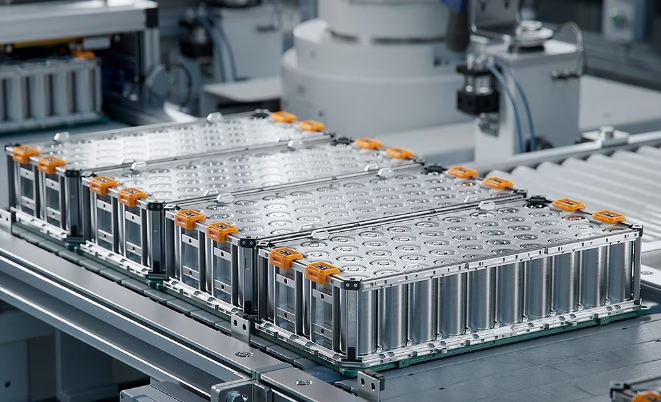

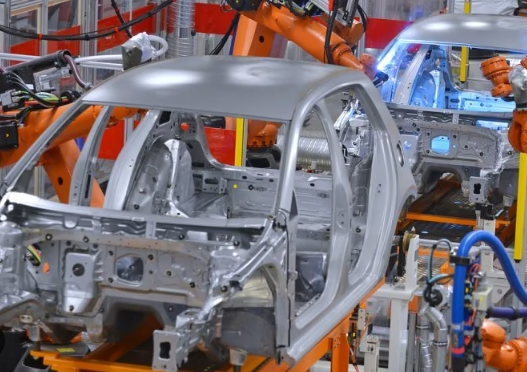
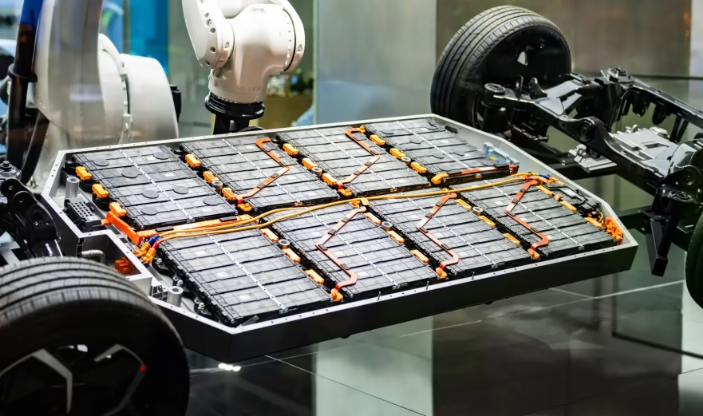
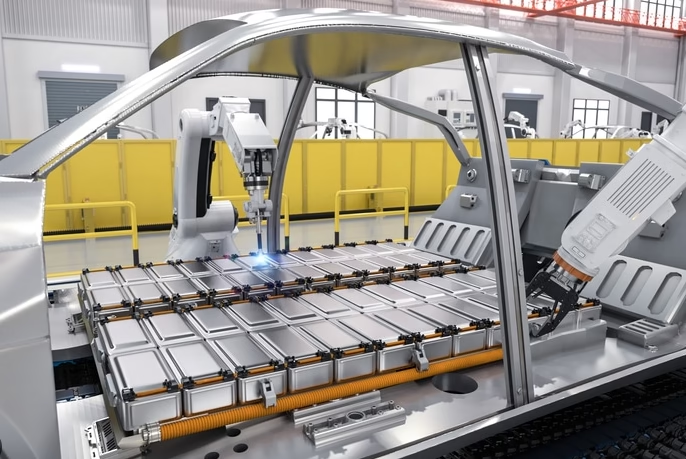
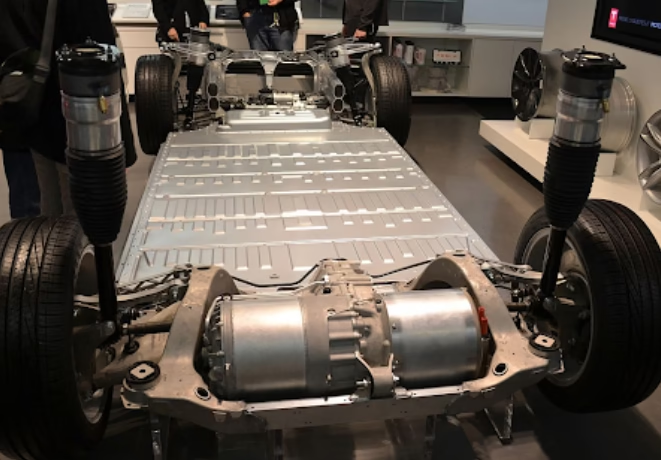
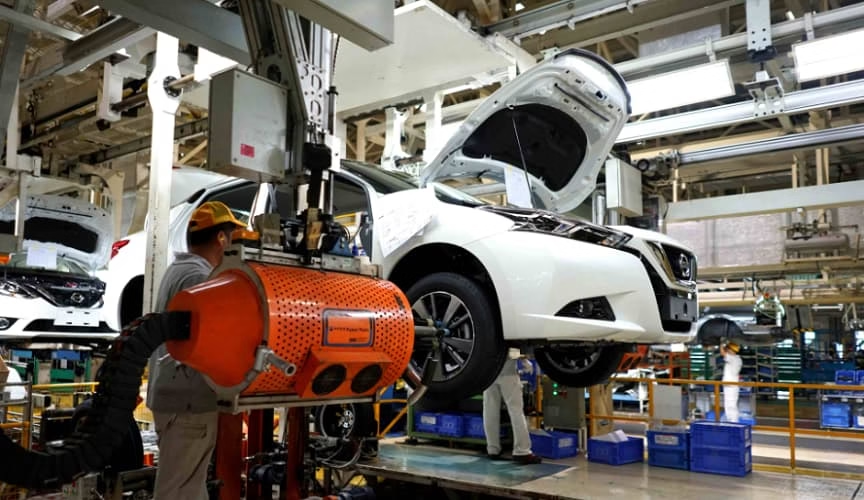
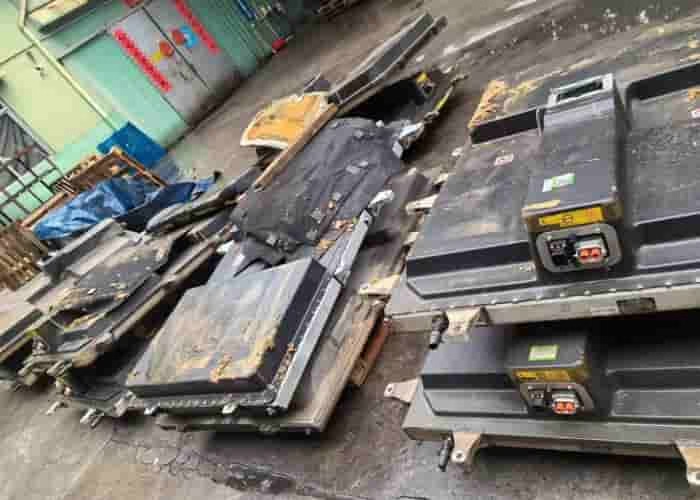
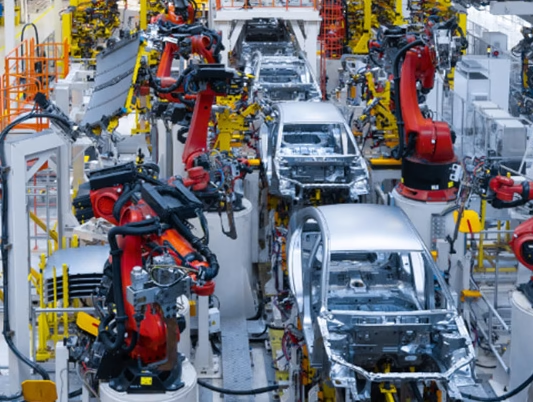





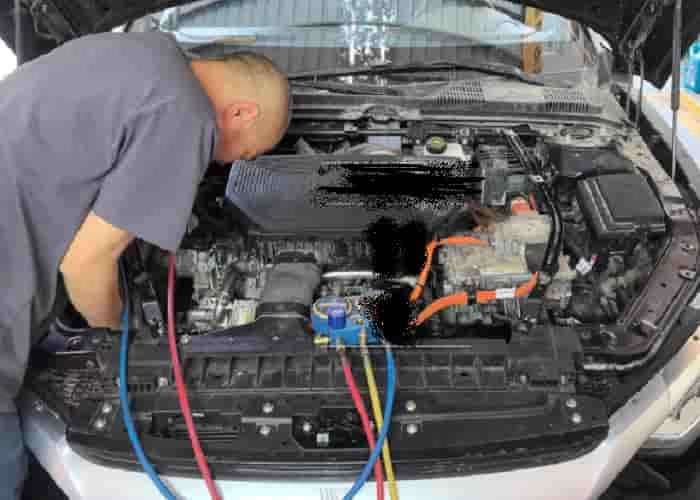
Leave a Reply